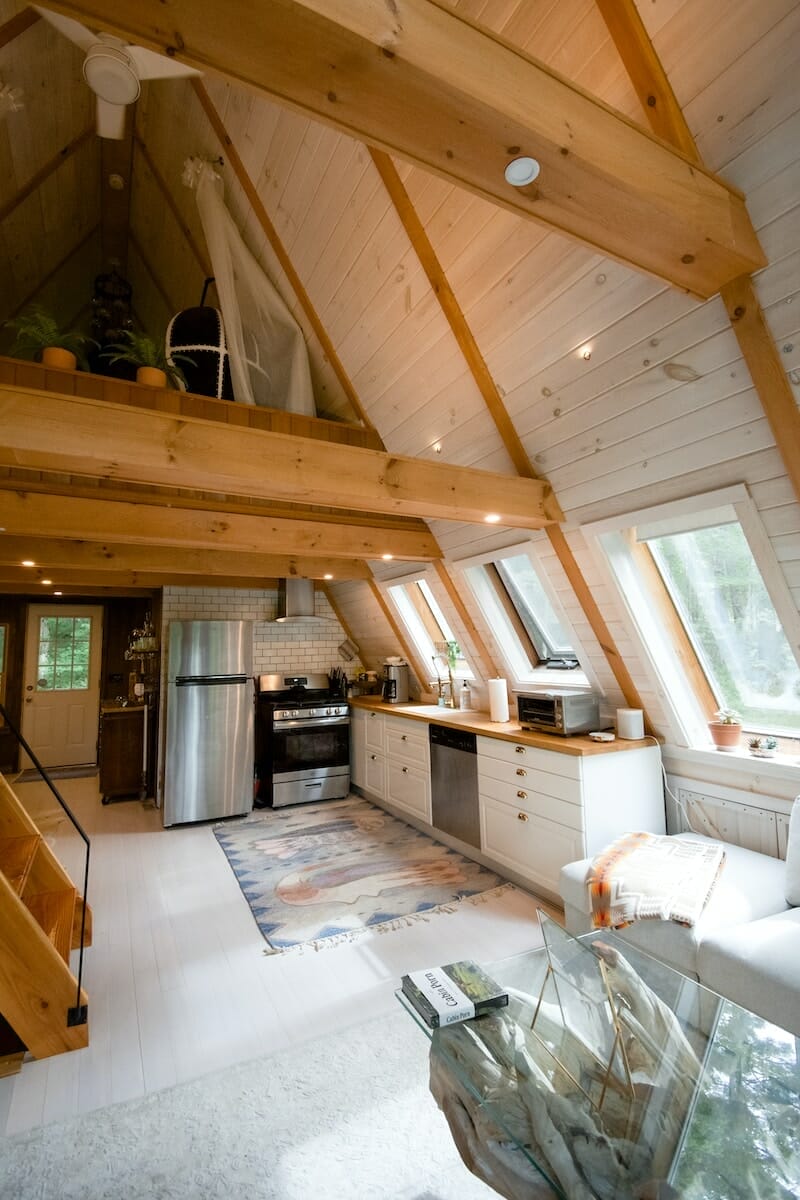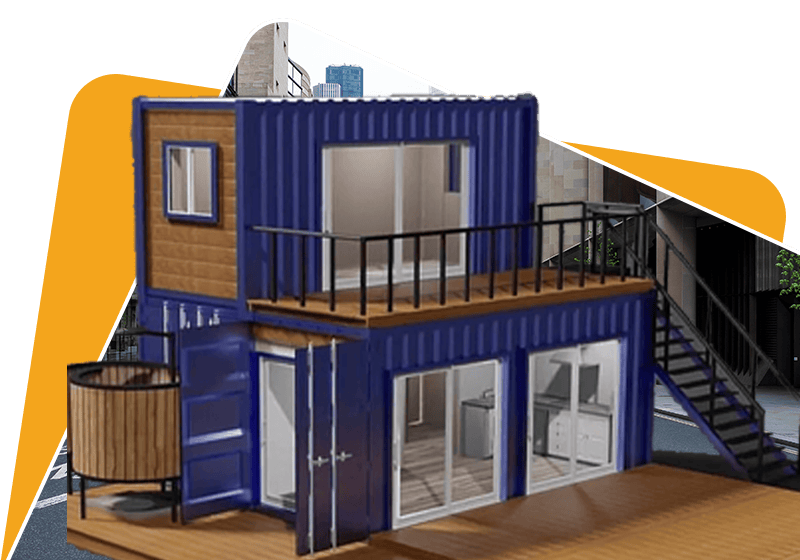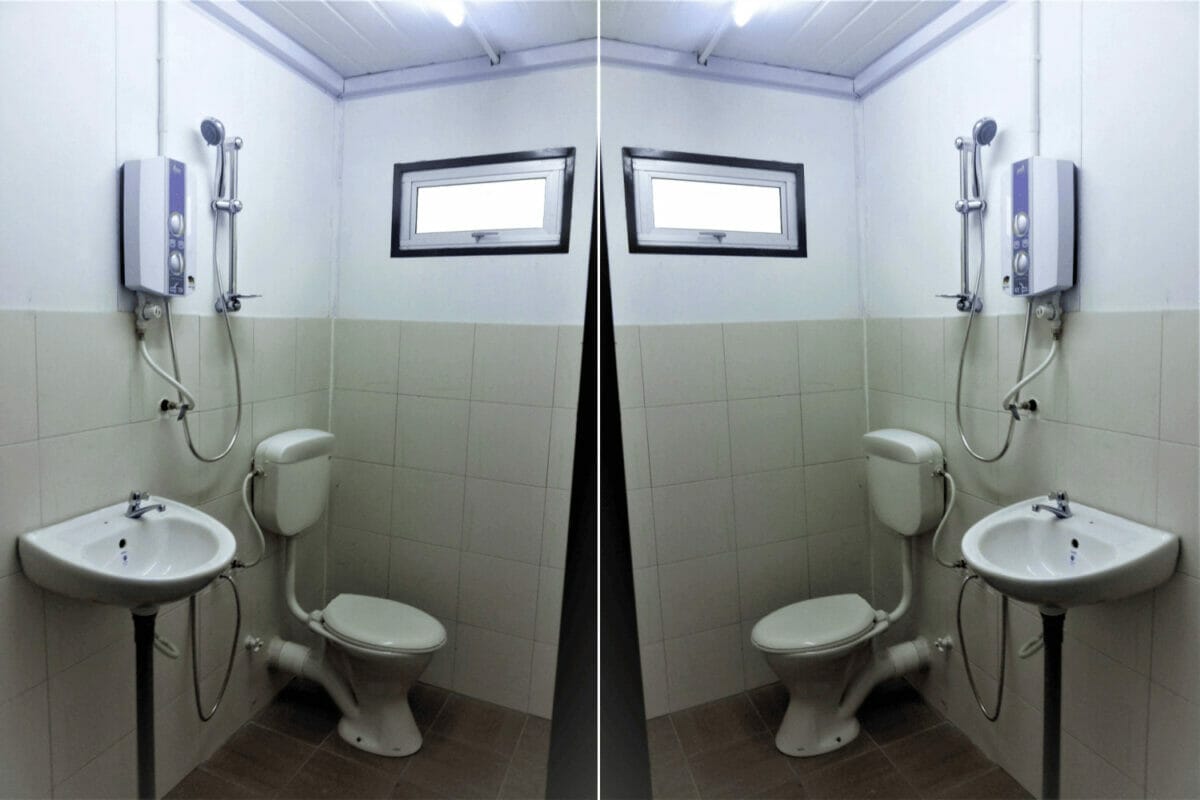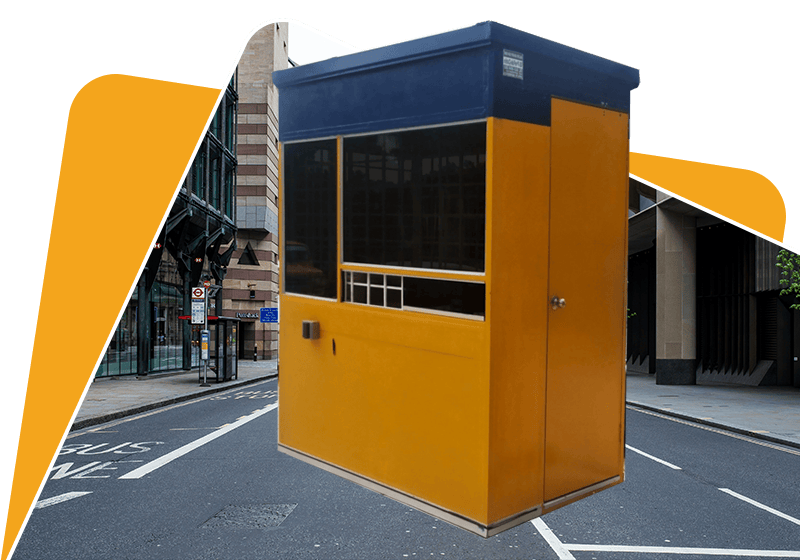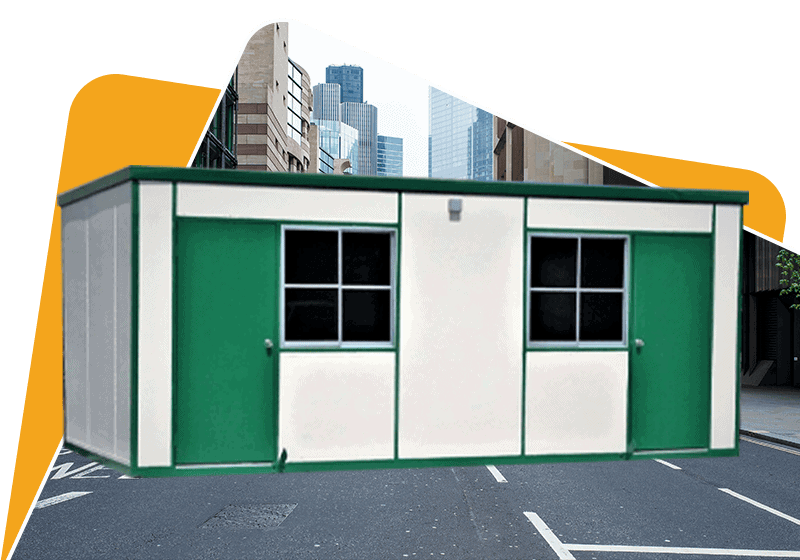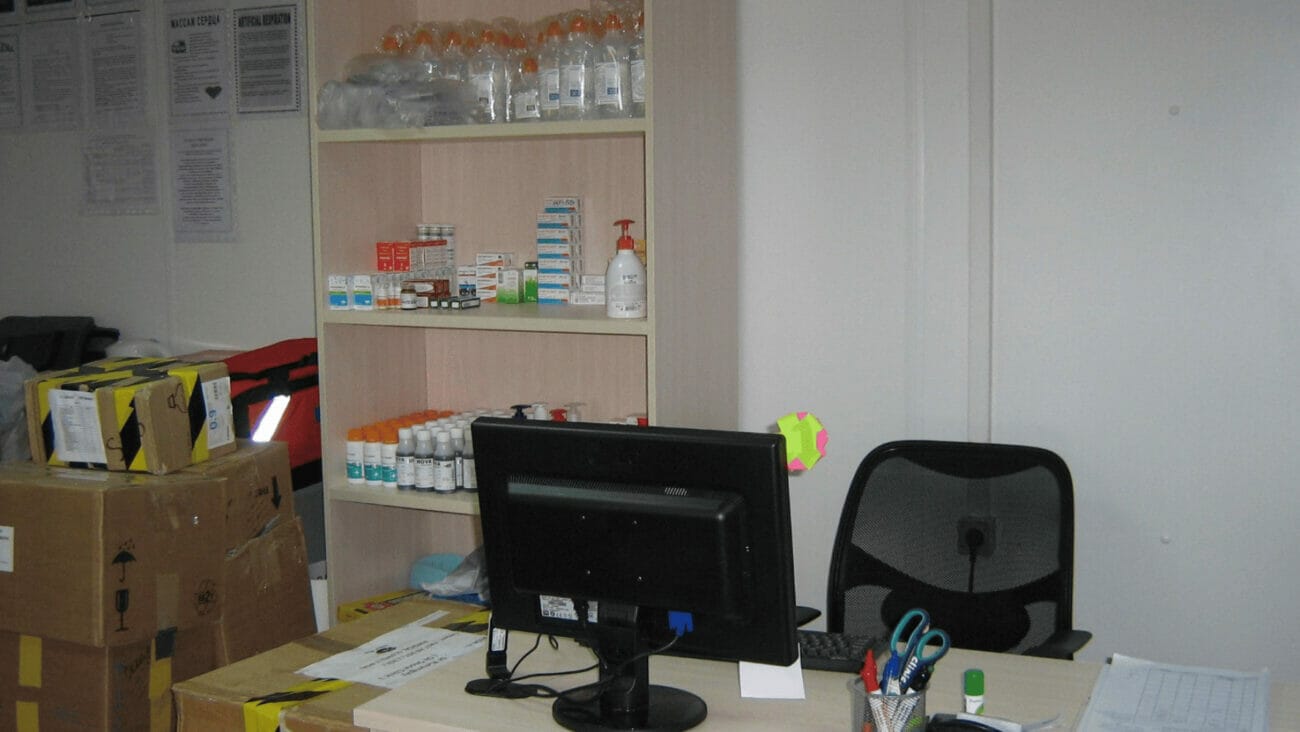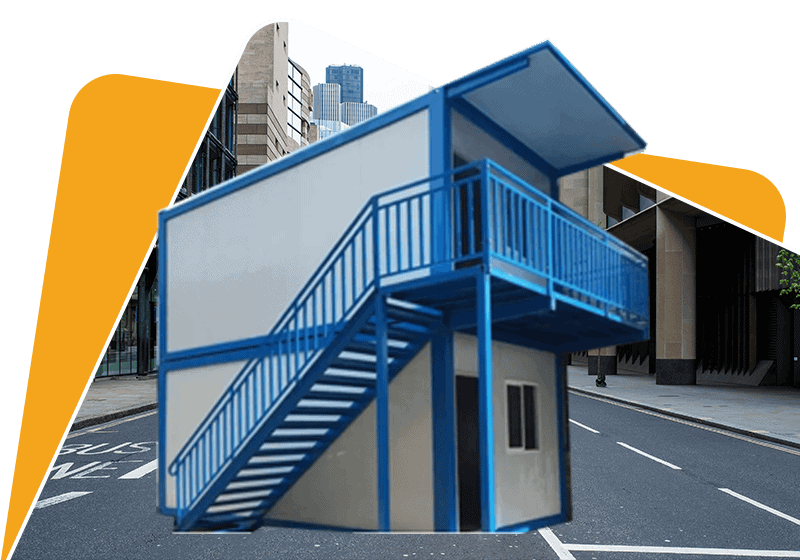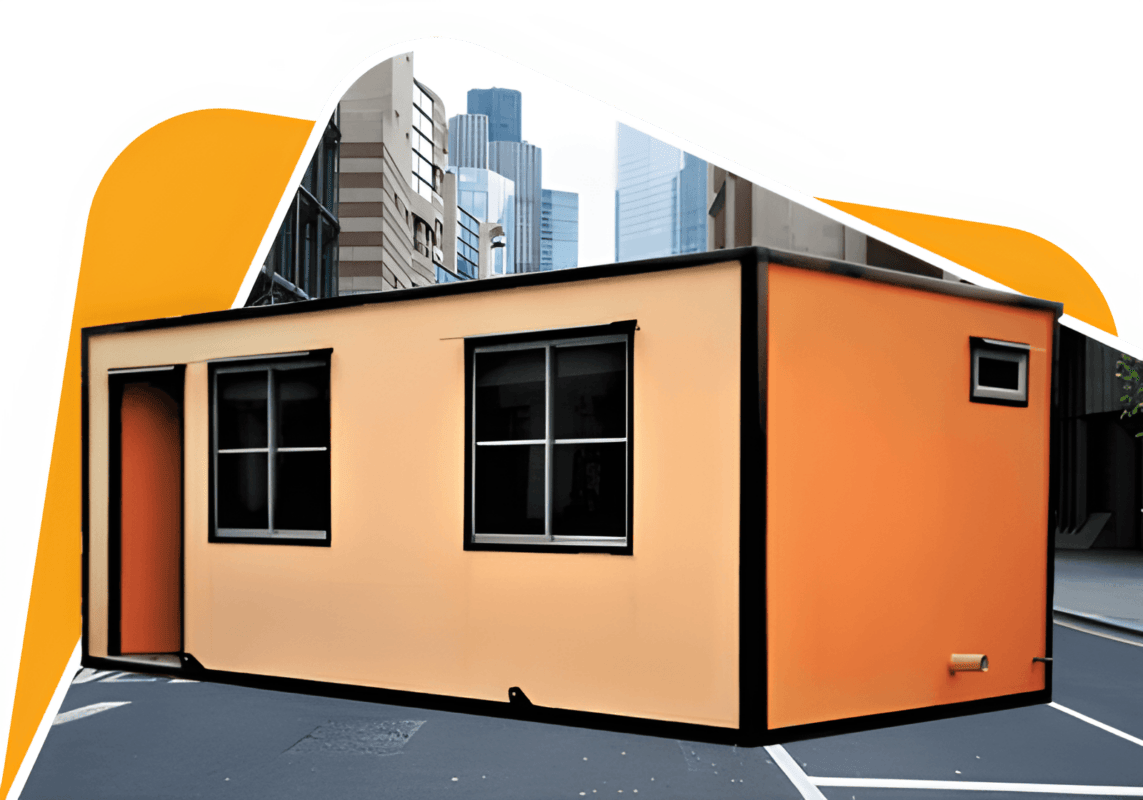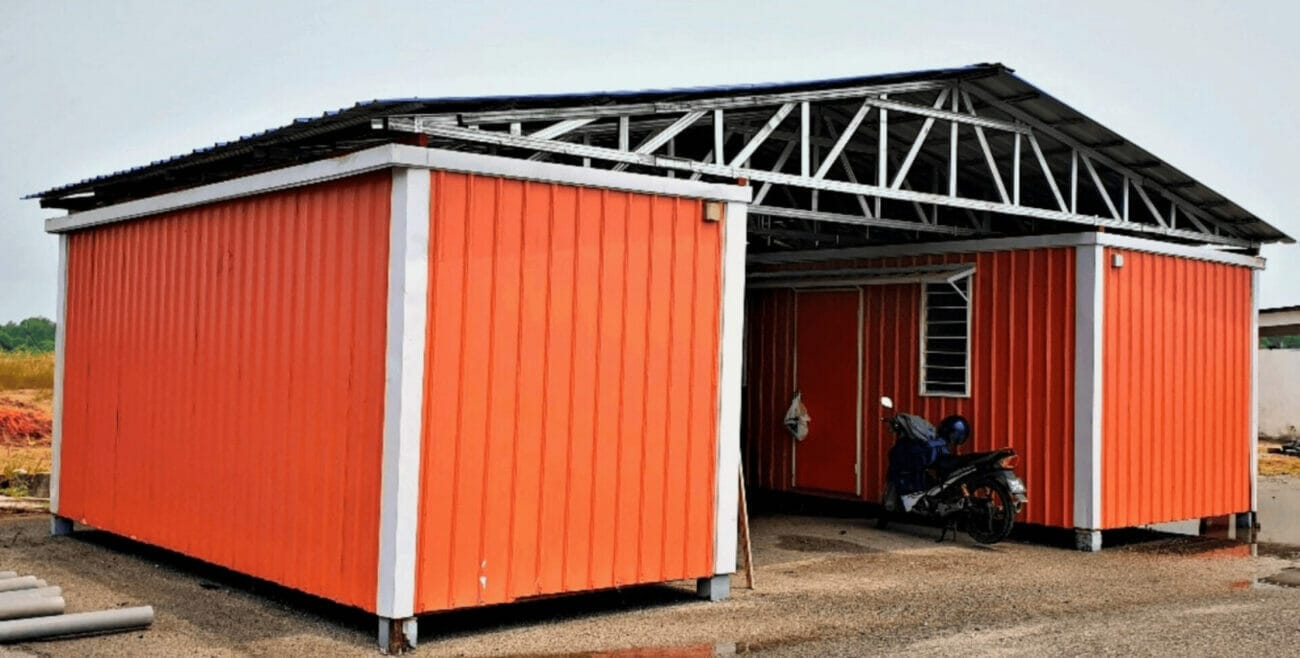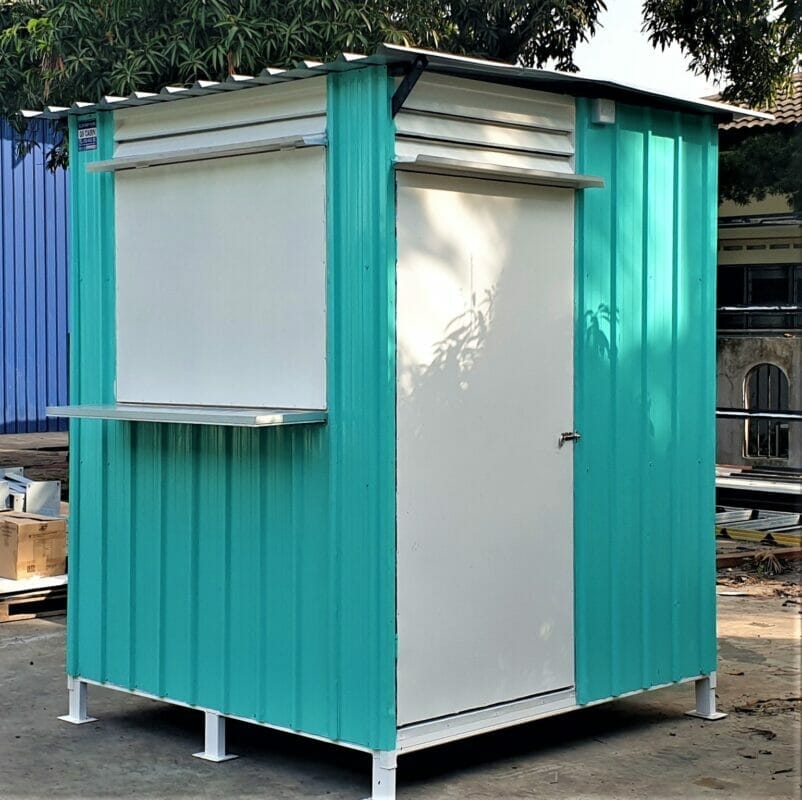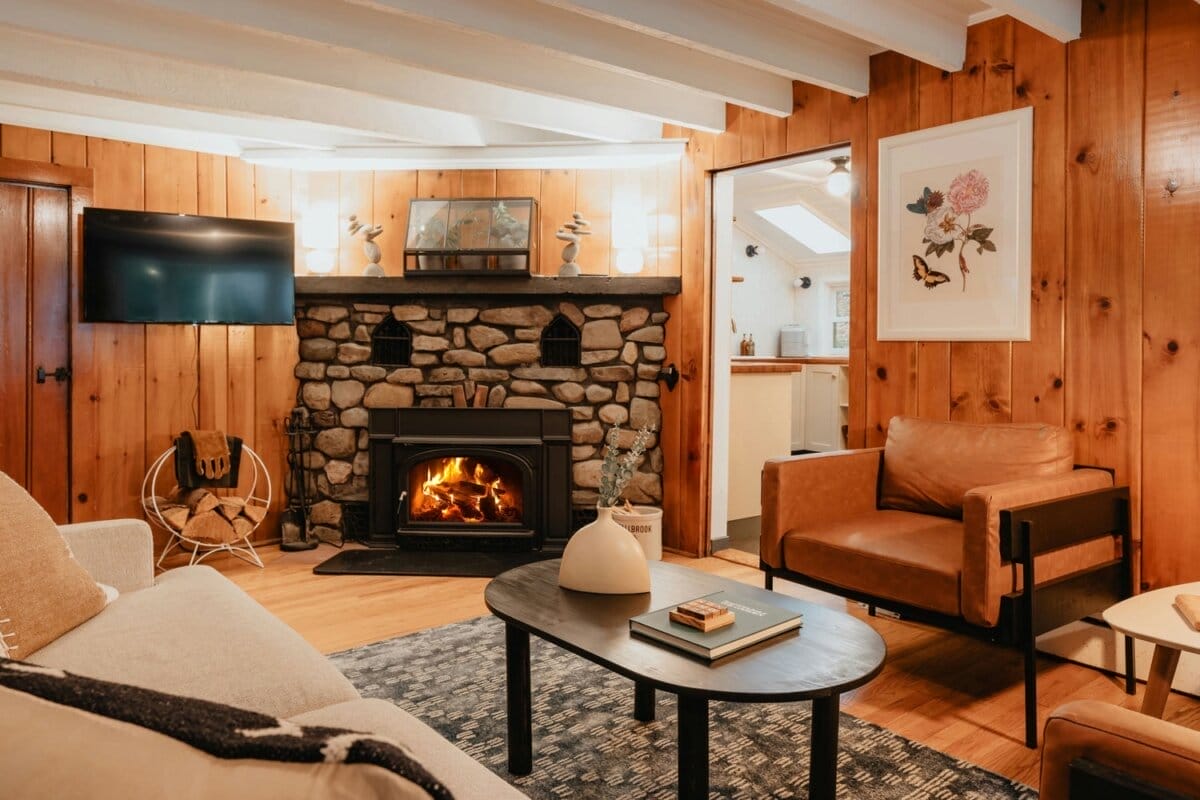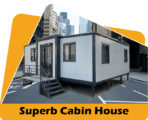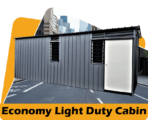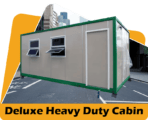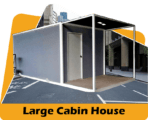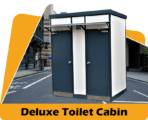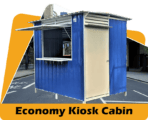10 Popular Questions About Cabin Houses in Malaysia
- What are the benefits of living in a cabin house in Malaysia?
- What are the best locations in Malaysia for cabin houses?
- What features should I look for when choosing a cabin house in Malaysia?
- What is the typical cost to build a cabin house in Malaysia?
- What are the regulations and permits needed for building a cabin house in Malaysia?
- How can I design a cabin house to be energy efficient and sustainable in Malaysia?
- What are some good resources for finding cabin house builders and architects in Malaysia?
- What are some creative ways to decorate and furnish a cabin house in Malaysia?
- What are the limitations and challenges of owning a cabin house in Malaysia?
- Are financing options available for building or buying a cabin house in Malaysia?
What are the benefits of living in a cabin house in Malaysia?
Living in a cabin house in Malaysia offers many attractive benefits compared to a traditional house or apartment. Here are some of the top reasons to consider a cabin house:
- Connection to nature – Cabin houses allow you to be immersed in natural surroundings, with large windows and outdoor living spaces. Waking up to views of the forest or sitting on the deck overlooking a lake provides a sense of tranquility.
- Minimalism – The small footprint of a cabin home forces you to live with just the essentials. This minimalist lifestyle helps reduce clutter and stress.
- Custom design – Cabin houses are extremely flexible in layout and design. You can create a fully customized home tailored to your needs and preferences.
- Energy efficiency – With strategic design and insulation, cabin homes can be very energy efficient. Taking advantage of natural lighting, ventilation and smart technology reduces utility bills.
- Low maintenance – The compact size and simple design of cabin houses reduces maintenance requirements. Less space to clean and fewer systems to repair makes homeownership easier.
- Affordability – Precise planning and compact space cuts the construction and material costs of a cabin. Cabins provide homeownership at a fraction of a typical house price.
- Seclusion and privacy – Tucked away on a wooded lot or mountainside, cabin homes provide a sense of solitude. You can relax and rejuvenate without disruptions.
- Sustainability – Using responsibly sourced materials and renewable energy allows cabin living to be eco-friendly. The small footprint reduces consumption and waste.
- Lifestyle flexibility – Cabins can serve as a full-time residence, weekend getaway, rental property or vacation home. The versatility supports different lifestyles.
- Strong resale value – Due to high demand and limited inventory, quality cabin homes in Malaysia retain excellent resale value should you ever want to sell.
The benefits of living in a thoughtfully designed cabin house make it an attractive option for certain buyers in Malaysia. Assess your needs and preferences to determine if cabin living could be right for you.
What are the best locations in Malaysia for cabin houses?
When searching for the ideal spot to build or buy a cabin house in Malaysia, there are several excellent locations to consider:
Cameron Highlands
- Cool climate in the mountains
- Lush rainforests, tea plantations and hiking trails
- Quiet and remote feel but near towns like Tanah Rata
- May require permits and need to clear land
Genting Highlands
- Near Kuala Lumpur but cooler mountain climate
- Ski resorts, theme parks and other attractions
- More developed area so amenities are accessible
- Need approval for land use and construction
Fraser’s Hill
- Hill station at 1500m elevation
- Peaceful forests and hiking trails
- Limited development and infrastructure
- Bird-watching and nature activities
Penang Hill
- Tropical forests with diverse plants and wildlife
- Scenic views of the island and sea
- Close to George Town but feels remote
- Navigating building permits can be tricky
Desaru
- Beautiful beaches and islands
- Laidback coastal charm
- Access to water sports and activities
- Lower costs than towns due to remote location
Kota Kinabalu
- Close to Mt Kinabalu parks and trekking
- Lively city with dining, nightlife and culture
- Blend of modern amenities and nature access
- May need to travel farther out for seclusion
Key factors to evaluate include climate, amenities, accessibility, infrastructure, views, recreation and cost of living. Consulting with a local real estate agent knowledgeable about cabin construction is recommended. With Malaysia’s diversity, there are scenic and tranquil spots for cabin houses across the country.
What features should I look for when choosing a cabin house in Malaysia?
Selecting the right cabin house in Malaysia depends on identifying the features that will meet your needs and enhance your lifestyle. Here are some key considerations:
- Location – Look for a peaceful, secluded spot surrounded by nature that suits your climate and scenery preferences. Ensure it has acceptable access to necessary amenities and infrastructure.
- Land size – The land should accommodate the cabin footprint and allow sufficient privacy and space for outdoor living areas, gardening, recreation, etc. Typically 0.5 to 5 acres.
- Design style – Consider layout, architectural style, interior design, and customization options to create your ideal retreat. Blend modern convenience with natural materials.
- Customizability – Look for builders offering flexibility to tailor the cabin design to your wishlist. Accommodate hobbies, accessibility needs, multi-generational living, etc.
- Outdoor features – Patios, decks, porches, fire pits, observation decks, and fencing help you enjoy nature. Consider a pond, stream, or landscaping too.
- Energy efficiency – Utilize a filtered ventilation system, smart thermostat, high-end windows/doors, LED lighting, and energy-saving appliances.
- Off-grid capabilities – Having solar panels, composting toilet, generator, battery storage, and rainwater collection provides self-sufficiency.
- Technology – Build with high-speed internet, smart home automation, and structured wiring to blend convenience with cozy cabin ambiance.
- Materials – Opt for durable, low-maintenance natural materials like wood, stone, metal roofing, and bamboo floors for an earthy aesthetic that withstands the climate.
- Storage – Creative built-in storage, lofts, under-stairs spaces, and multi-purpose furniture optimize living in the compact footprint.
- Multi-season livability – Include air conditioning, fans, insulation, storm windows/doors and snow melt systems to comfortably enjoy the cabin year-round.
With strategic planning and design, you can craft a Malaysian cabin house aligned with your lifestyle vision and equipped with the features that are most meaningful to you.
What is the typical cost to build a cabin house in Malaysia?
The cost to build a cabin house in Malaysia can vary considerably based on factors like location, size, materials, fixtures, accessibility, custom designs and more. However, here is an overview of the typical range and factors impacting costs:
- Land – Purchasing a suitable plot of land for your cabin can range from RM100,000 for a modest site up to RM500,000 or more for larger acreage in prime locations. Land prices are a major cost factor.
- Permits & Fees – Building permits, project approvals, utility hook-up fees and related costs often total RM5,000 to RM20,000. Complex projects have higher fees.
- Size – Basic small cabins around 600 sq ft start around RM100,000. Larger cabins from 800-2000 sq ft range from RM200,000 to RM500,000. Custom luxury cabins are RM800,000+.
- Materials – Using hardwoods, high-end fixtures and imported materials raises costs. Opting for local wood, bamboo and concrete reduces budget.
- Labor – Hiring professional architecture, design and construction services costs more but yields better results. DIY builds are cheapest.
- Systems – Off-grid systems like solar power, composting toilets, generators and water storage add RM20,000 to RM50,000 in costs.
- Access – Remote locations require long access roads and utility lines which can add RM50,000 or more. Existing road access is ideal.
- Foundation – Simple post foundations minimize costs, while concrete slabs and basements raise the budget but provide more stability and storage.
- Appliances & Fixtures – Using high-end imported appliances, plumbing and lighting elevates costs. Modest local fixtures help reduce budget needs.
- Design – Custom designs, complex rooflines, multi-level builds and specialty features increase labor and budget requirements.
In summary, basic cabins in Malaysia can be built for RM150,000 to RM250,000 but the average mid-range cabin starts around RM300,000. Luxury custom cabins often exceed RM500,000.
What are the regulations and permits needed for building a cabin house in Malaysia?
Constructing a legal cabin house in Malaysia requires researching and securing the proper permits and approvals, including:
- Land use and zoning – The land must be zoned for residential use or specifically for housing construction. Unapproved agricultural or commercial land cannot be built on.
- Site plan approval – Local authorities must approve the cabin’s site plan, boundaries, utility access, setbacks, driveways, etc. Adhere to their guidelines.
- Building plan approval – Detailed cabin designs showing layout, materials, electrical, plumbing, septic, etc. must be submitted and approved before construction.
- Construction permit – This permit from municipal offices gives legal approval for your cabin project to begin building based on the approved plans.
- Road access – New driveways/access roads to the cabin may require civil engineering approval and permits from local councils.
- Fire department – Approval from the local fire department is often needed for remote cabins to ensure adequate emergency access.
- Wastewater/sewage – Septic tanks or proper sewer hookups require plumbing permits and inspections to pass health regulations.
- Environmental impact – Forest, wetland or highland areas may require additional environmental approvals before disturbing the land.
- Power grid – If connecting to the electrical grid, utility supply approvals and inspections are needed for hook-ups and meters.
- Occupancy permit – A certificate of fitness for occupation is required before inhabiting the cabin after officials conduct final on-site inspections.
- Timber harvesting – Permits from forestry departments may be required before cutting trees on the land for cabin construction.
Navigating the paperwork, regulations and inspections takes patience but ensures your Malaysian cabin is legally approved for residential use before, during and after construction.
How can I design a cabin house to be energy efficient and sustainable in Malaysia?
Here are some great tips for maximizing energy efficiency and sustainability when designing and building a cabin house in Malaysia:
- Optimize natural lighting – Use ample windows and skylights strategically placed to let in plentiful daylight while minimizing heat gain. This reduces the need for artificial lighting.
- Incorporate overhangs – Extend roof edges, build awnings and use large eaves to shade windows from hot sun while allowing winter daylight. Keeps interiors cool and bright.
- Choose efficient building materials – Select sustainable, local and natural materials like bamboo, coconut wood and adobe which require less energy to produce and transport.
- Install insulation – Add insulation in walls, roofs and floors to prevent heat transfer and reduce the energy load required for cooling and heating.
- Take advantage of natural ventilation – Allow cross breezes to passively cool the cabin by using screened windows and exhaust fans to improve air circulation.
- Use energy-saving appliances and lighting – Outfit the cabin with LED bulbs, energy star rated electronics and propane-powered appliances to minimize consumption.
- Incorporate smart home technology – Programmable thermostats, automated lighting and appliance control optimize energy use when occupying or away from the cabin.
- Install solar panels – Absorb abundant Malaysian sunlight to generate renewable power and significantly reduce reliance on the electrical grid.
- Harvest rainwater – Collect rain runoff in tanks and cisterns to sustainably irrigate gardens and supply water needs.
- Manage waste sustainably – Compost food scraps and recycle to reduce waste footprint. Use greywater systems and a composting toilet.
- Choose eco-friendly building services – Hire green architects, designers and contractors experienced in sustainable and energy-efficient builds.
With thoughtful planning and design suited to the local Malaysian climate and environment, cabin homes can minimize energy use and environmental impact while still delivering comfort.
What are some good resources for finding cabin house builders and architects in Malaysia?
Building a cabin house in Malaysia is made easier with the help of talented local builders and architects. Here are some excellent resources to find reputable professionals:
- Malaysian Institute of Architects – This professional organization has an online directory profiling thousands of licensed architects across Malaysia. Search by state and specialty.
- Green Pages Malaysia – A database of eco-conscious design firms and builders focused on sustainability, including many experienced with cabins.
- Malaysia Contractor – General contractor directory listing construction companies searchable by specialty and location. Read reviews.
- MyContractor.com – Website connecting homeowners with prescreened contractors for all project types. Obtain quotes.
- Real estate agents – Many agents have relationships with and can recommend trusted cabin builders they’ve worked with before.
- Design/build firms – Companies managing architecture and construction in-house tend to have more experience executing cohesive cabin projects.
- Architecture and design magazines – Local publications showcase impressive projects and the firms behind them through articles and advertisements.
- Houzz – Popular home renovation website profiles builders and designers along with images of their portfolio of work.
- Social media – Search platforms like Instagram and Facebook using relevant hashtags and keywords to find cabin builders.
- Online reviews – Check sites like Google, Facebook and Better BBB for feedback on companies under consideration.
- Ask neighbours – Those nearby with cabins can provide referrals based on first-hand experience.
Taking the time to carefully research and evaluate candidates will yield an ideal partner to construct your dream cabin retreat.
What are some creative ways to decorate and furnish a cabin house in Malaysia?
Decorating a cabin in Malaysia with creativity and style comes down to embracing rustic charm while infusing your unique personality. Consider these inspired ideas:
Living Room
- Hang tapestries, woven blankets or vintage sarongs as artwork
- Arrange baskets piled with firewood to anchor the space
- Display potted orchids, bromeliads or pitcher plants on shelves
- Incorporate a trunk coffee table and distressed leather furnishings
- Add warm textures like jute rugs, wool throws and bamboo shades
Dining Area
- Construct a handmade wooden dining table with benches
- Suspend a rattan pendant light low above the table
- Decorate using stoneware dishes and mugs
- Create a showpiece chandelier from antlers or branches
- Display a collection of handwoven basketry and ceramics
Kitchen
- Mount rows of copper pots and pans as a backsplash
- Craft open shelving from reclaimed barn wood planks
- Install concrete, quartzite or soapstone countertops
- Use woven banana leaf boxes and canisters for storage
- Decorate with bundles of dried spices and herbs
Bedrooms
- Assemble beds made from unfinished log frames
- Layer the bed with fiber-filled duvets and batik pillow shams
- Use a handcrafted mosquito net canopy for romance
- Display found objects like shells, feathers and sticks
- Illuminate the room with woven pandanus lanterns
Outdoor Living Areas
- Construct an outdoor sofa from bamboo and rattan
- Create pathways using indigenous stone pavers
- Drape string lights through trees overhead
- Plant tropical flowers and herbs in recycled tin cans
- Position hand-carved totem poles as accents
With thoughtful creativity, you can curate a cabin home reflecting rich Malaysian style and your unique personality.
What are the limitations and challenges of owning a cabin house in Malaysia?
While an idyllic escape, owning a cabin house in Malaysia does come with certain limitations and challenges to weigh:
Remote location – Secluded settings mean being farther from everyday conveniences, services, socialization and extracurriculars. More driving required.
Accessibility – Road washouts, fallen trees or lack of maintenance on rural access roads can temporarily cut off access to the cabin.
Home maintenance – No nearby handyman help means being self-reliant for upkeep or hiring from farther away. Tasks take more planning.
Limited space – Careful storage solutions and multi-purpose furniture are needed to live comfortably in a compact cabin footprint.
Pests – Rural settings increase exposure to mosquitos, snakes, scorpions or other local wildlife. Precautions are essential.
Weather impacts – Storms, monsoons or cold snaps can knock out power, damage access roads or create safety risks requiring temporary relocation.
Medical emergencies – Limited hospitals and emergency responders mean health events are more concerning until reaching care.
Rental limitations – Many areas restrict using cabins solely as short-term rentals, limiting income potential. Research regulations.
Resale challenges – The niche appeal limits potential buyers if ever wanting to sell the cabin. Lower demand reduces value.
Permitting difficulties – Regulations around remote builds, timber harvesting, sewage, etc. can complicate or extend the construction process.
Construction costs – Utilities, site work, custom builds and imported materials build up expenses quickly for cabin projects.
Cabin fever – The remote setting’s charm can lose appeal after extended bad weather or too much time isolated indoors.
Wildlife conflicts – Bears, elephants or other local animals getting too close for comfort may require wildlife management services.
For the right owner, a cabin’s rewards outweigh the limitations. But carefully assessing the lifestyle trade-offs ensures your expectations align with realities.
Are financing options available for building or buying a cabin house in Malaysia?
Yes, there are financing alternatives to help fund the purchase or construction of a cabin house in Malaysia. Here are some options to explore:
Bank mortgage – Malaysia has several banks offering housing loans and mortgages for secondary homes like cabins with 10-20 year terms and competitive interest rates.
Land purchase loan – Some banks provide targeted loans strictly for buying land intended for cabin building that can later rolled into the overall mortgage.
Construction loan – A temporary loan disbursed in phases to fund the cabin building costs. Refinanced with permanent mortgage after completion.
Personal loan – For experienced builders doing much of the work themselves, a standard personal loan of RM100,000 – RM300,000 may suffice.
Credit cards – Putting initial costs like materials and builders’ fees on a credit card allows paying over time while building savings.
Islamic banking – Malaysian Islamic banks offer special financing adhering to Sharia principles for construction, land purchase and even fixtures.
Government housing loans – Certain qualified demographics like young families and essential workers have access to subsidized cabin loans.
Sell first – Selling your current primary residence may free up cash for cabin construction or purchase without requiring new financing.
Hard money loans – Higher interest loans using the land as collateral from private lenders provide access to capital more quickly.
Owner financing – Some sellers may carry a contract allowing installment payments directly to them over multiple years.
Creatively combining different financing strategies can help make building or buying a Malaysian cabin more affordable and accessible for those dreaming of owning a forest retreat.
Key Takeaways on Cabin Houses in Malaysia
- Cabin living provides unmatched access to nature amid modern amenities when sited properly.
- Cool highland areas like the Cameron Highlands offer idyllic cabin settings.
- Smart off-grid systems and sustainable materials reduce environmental impact.
- Costs vary widely based on size, materials, location, custom designs and more.
- Ensure proper permits and build approvals before starting construction.
- Financing options like bank loans and Islamic banking help fund projects.
- Limitations like weather risks, isolation and long drives should be considered.
- With thoughtful planning, cabin houses can uniquely match Malaysian lifestyles.
Conclusion
In summary, cabin house living represents an attractive opportunity in Malaysia to immerse in nature and escape the busyness of everyday life. By carefully weighing locations, designs, regulations, costs and potential challenges, you can determine if realizing your cabin dreams makes sense. If aligned with your goals, a cabin home serves as an unparalleled sanctuary promising rest, relaxation and precious time with loved ones.
Kontraktor Rumah Kabin
Rumah Kabin Murah
Rumah Kontena Vs Rumah Kabin
Rumah Kabin Pasang Siap
Senarai Harga Kabin di Malaysia
Heavy Duty Cabin
Light Duty Cabin

